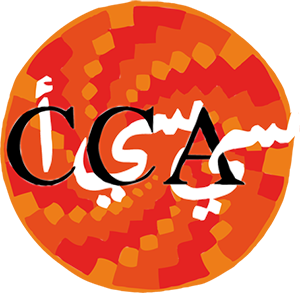The Punic-Roman site of Nora, in the stratigraphic phases presented to the public today, is characterized by a series of important mosaics, which are notable both for the quality of the decorative compositions and for their extent. The site covers more than three hectares along the coast and it is composed of 14 monumental groups, with surviving pavements of about 720 m2 of mosaics, all from the Roman era.
The Archaeological Superintendency of Cagliari commissioned the CCA, Centro di Conservazione Archeologica, to tackle the serious condition of the mosaics, about half of which had been detached and mounted on reinforced concrete in the 1960s.
The objectives of the project were to develop a global strategy for the site in order to conserve the mosaics both in the short term and in the long term, bearing in mind the diverse categories of problems and existing priorities.
For this purpose, an operative plan was created, describing the technical operations, materials, professional resources and funding necessary.
The following methodological lines were stressed in formulating the project:
- maintenance and consolidation in situ of the pavements that had not been detached before;
- detachment, restoration, stabilization and re-application in situ of the pavements currently on reinforced concrete;
- use of lime mortar compatible with the original materials and structures;
- complete documentation of the current state of affairs and of the operations to be carried out.
Project Designer: Roberto Nardi, Chiara Zizola
Graphic Documentation: Andreina Costanzi Cobau, Marcella Orrù, CCA
